Research firm NPD DisplaySearch projects the touch sensor industry will explode over the next three years, but Apple’s unique in-cell display are expected to represent the smallest amount of growth — even smaller than resistive touch panels.
According to NPD's Touch Sensor Market and Evolution Report, the total yielded area of touch-sensors will jump from 12 million square meters seen in 2012, to 25.5 million square meters in 2013, and 35.9 million square meters in 2015. Apple's piece of the pie is relatively small compared to competing display technology used by rival smartphone maker Samsung.
Most dominant in the category is "projected-capacitive" tech, which managed an 81.5 percent share of the market in 2012. Encroaching on that lead, however, is on-cell tech used by Samsung's Galaxy smartphone lineup, and to a much lesser extent, in-cell panels driven by Apple's iPhone 5.
Following a long period of rumors, Apple unveiled its first in-cell display device with the iPhone 5 in September 2012. The technology, which integrates touch-sensing circuitry into the LCD array, was used to shave precious millimeters and create an even thinner device than the preceding iPhone 4S.
While different from the iPhone 5’s completely built-in design, the iPad mini also employs a capacitive touchscreen method called GF DITO to keep slim. Both displays are said to be more difficult, and thus more costly to produce. In addition, scaling the in-cell design past four inches is especially challenging for panel makers.
After the iPhone 5 and iPad mini were released last fall, NPD predicted more companies would begin using the in-cell design as consumer demand for slimmer devices was on the rise. Yet this week's report claims Samsung’s own on-cell technology and other touch sensors are taking the lead, leaving Apple nearly alone to capitalize on its in-cell approach.
Besides Apple, few other companies have decided to integrate in-cell tech into their devices. Notable exceptions include Sony’s Xperia P and Huawei’s Ascend P6.
 Michael Harper
Michael Harper
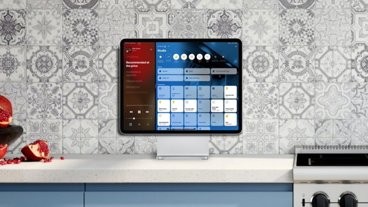
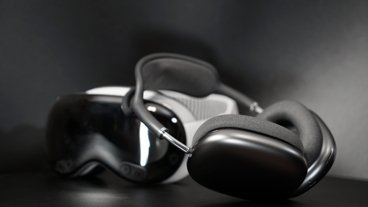
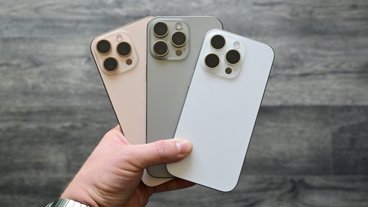
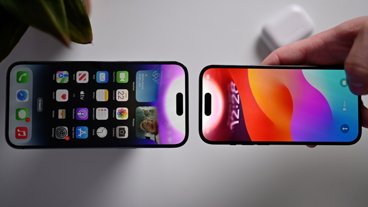
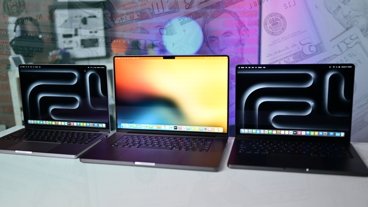
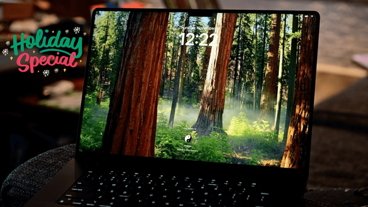
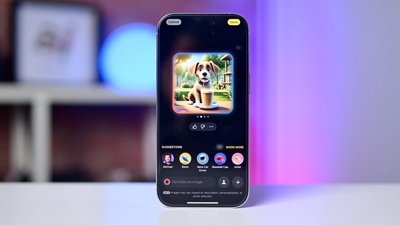
 Charles Martin
Charles Martin
 Christine McKee
Christine McKee
 Wesley Hilliard
Wesley Hilliard
 Malcolm Owen
Malcolm Owen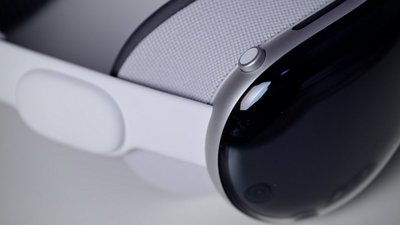
 Andrew Orr
Andrew Orr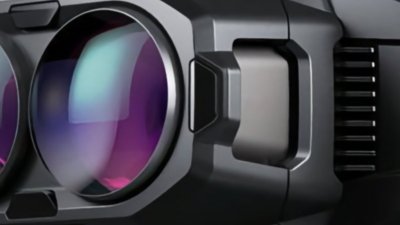
 William Gallagher
William Gallagher
 Sponsored Content
Sponsored Content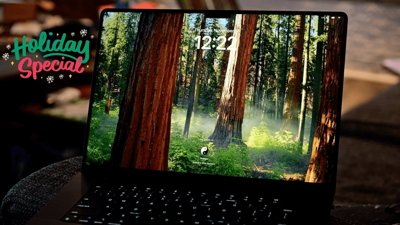

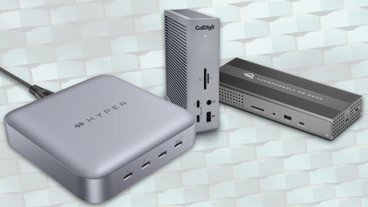
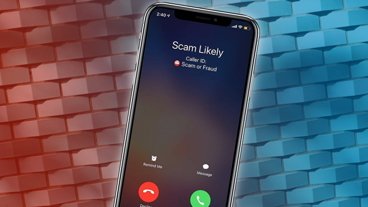
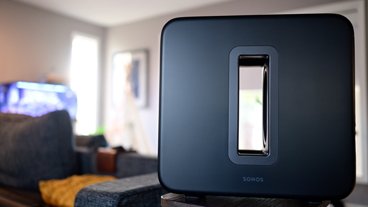
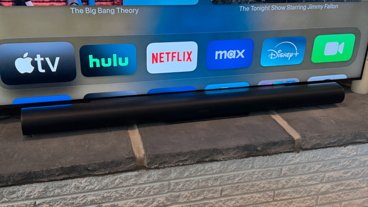
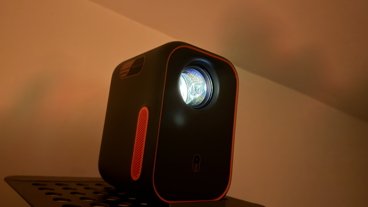


2 Comments
In Cell Technology is the future so I don't mind that Apple is one of the first in the game of the technology. That just proves that they are ahead of the pack.
The whole point of the article is that Apple is pretty much alone in using in-cell...
The fact that in-cell uses one less layer of glass is not considered a big deal when it comes to thickness, since glass layers these days are on the order of 0.5 mm thin each. That's less than 2/100ths of an inch saved by in-cell.
Moreover, Apple also still uses LCDs instead of AMOLEDs. LCDs require a couple of layers behind them for the backlight and polarizer; layers that AMOLEDs do not need.
The more important thing about in-cell is that I believe it requires less ITO, the transparent conductor which the world will probably run out of before the end of the decade, unless new supplies are mined underwater or someplace. Everyone is scrambling to find alternative materials, such as using silver nano-wires.